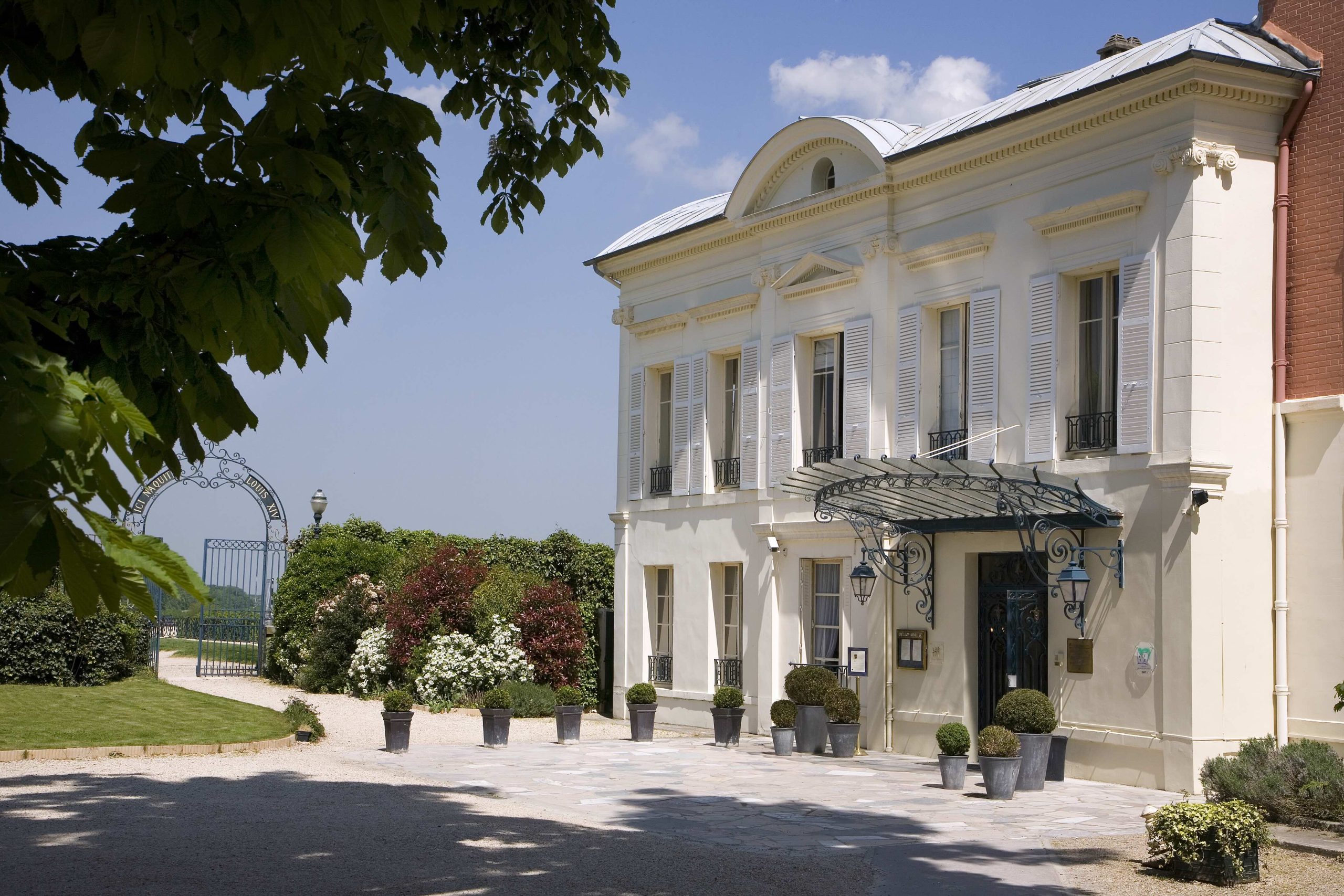Each morning, when the park gates are unlocked for the day, Charles-Eric Hoffmann, his partner Julien and their two dogs, Theos and Magic, walk out the door of the grand hotel Pavillon Henri IV, turn right and begin their brisk hour-long walk through the Forêt domaniale de Saint Germain (Saint Germain en Laye forest).
The 35 square kilometres of verdant landscape, dotted with 100-year-old birch and pine trees, is said to have been popular in the 17th century with kings Henri IV and Louis XIII, who were known to go fox hunting there. Today, it sits adjacent to Pavillon Henri IV, the hotel run by Hoffmann since 2002, and the birthing place of King Henri IV himself.
As the morning sun rises in painterly pinks and oranges over the Seine, joggers, walkers and their furry friends set a sprightly pace, making the route from the historic birthplace of Henri IV, through the forest and back again.
After all, as the saying goes, “Ils viennent à Saint-Germain pour respirer le bel air.” They come to Saint Germain to breathe the beautiful air.
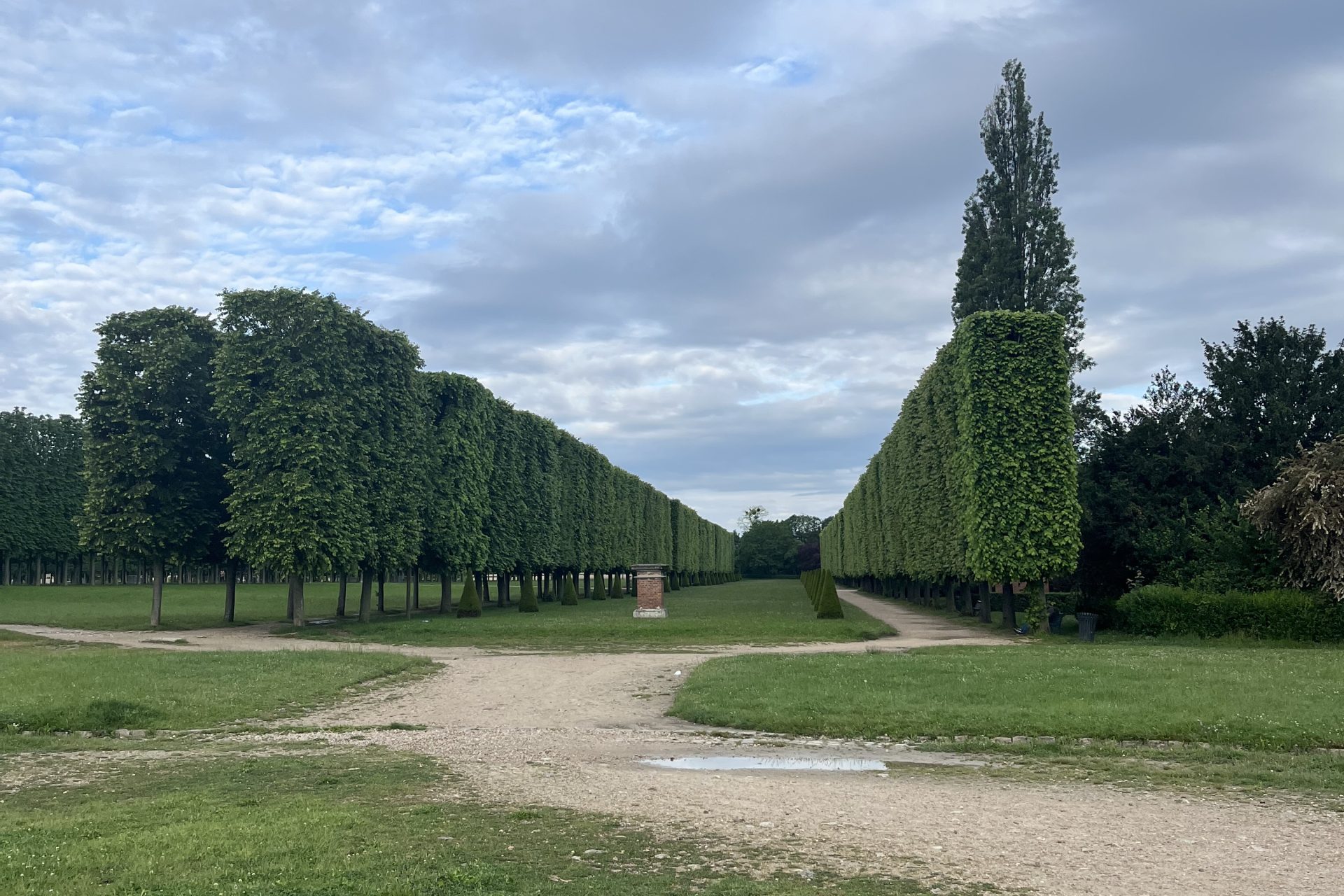
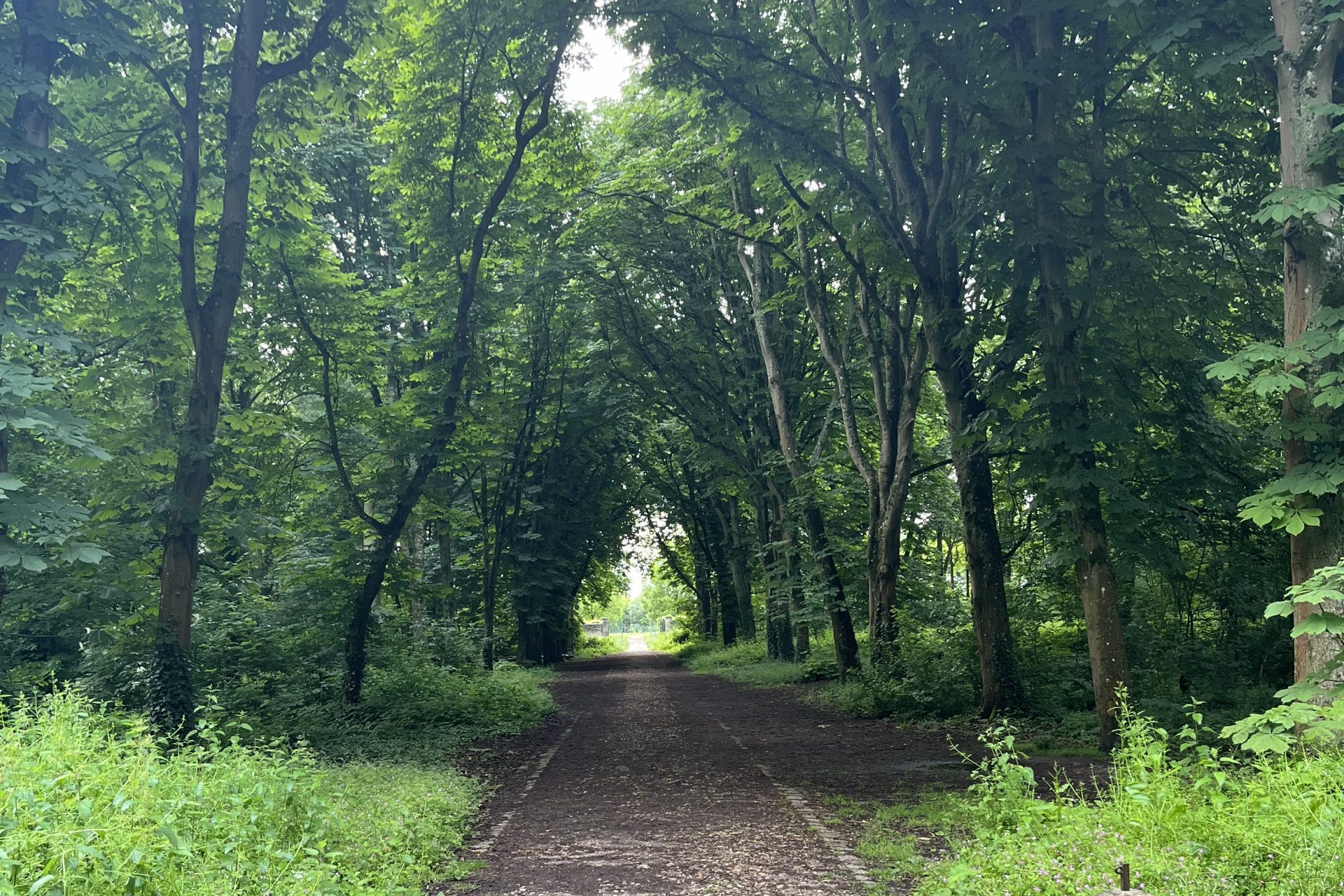
As Paris gears up for the 2024 Olympics in July and August, estimated to be costing 10 billion euros ($16 billion) and billed as one of the most modern and egalitarian games in history, many locals talk of leaving Paris for its duration, fearful of the massive increase in population and the gridlock that may ensue on the roads and in the metro stations, in what is already a bustling city.
It’s a sentiment Hoffmann and his newly appointed chief financial officer, Paul Morgon, are counting on, as they plan for last minute hotel bookings in Saint Germain en Laye. In May, hotel bookings in the town were sitting at 55% capacity, while mid-range hotels in Paris were sitting at 62% capacity.
Only 28 minutes by train to the Arc de Triomphe and 40 minutes to Le Louvre, Saint Germain en Laye offers guests what hotels in Paris cannot: an escape from the congestion of the city, the hordes of tourists and the transport panic many locals are envisaging.
“We have many German, Swiss, English, European guests,” says Hoffmann. “They come here because we have this car park and we have the RER [express train] and they can go to Paris or with a limousine also. They do the shopping and they come back at night.”
For travellers venturing to Paris for the Olympic Games, the charming town of Saint Germain en Laye also offers something different to the modern games: a step back in time. A place of royal residence since Louis VI the Fat in the 12th century, the town was both a place of respite and a place of power for the kings of France.
According to the local tourism body, many royal edicts or treaties were signed in Saint Germain en Laye. Today the extraordinary Château de Saint Germain en Laye (Saint Germain Castle) contains a museum of archaeology, originally set up by Napoleon III. Visitors can view archives from the Paleolithic, Neolithic and Bronze ages while marvelling at the castle’s original brickwork and iconic facade.
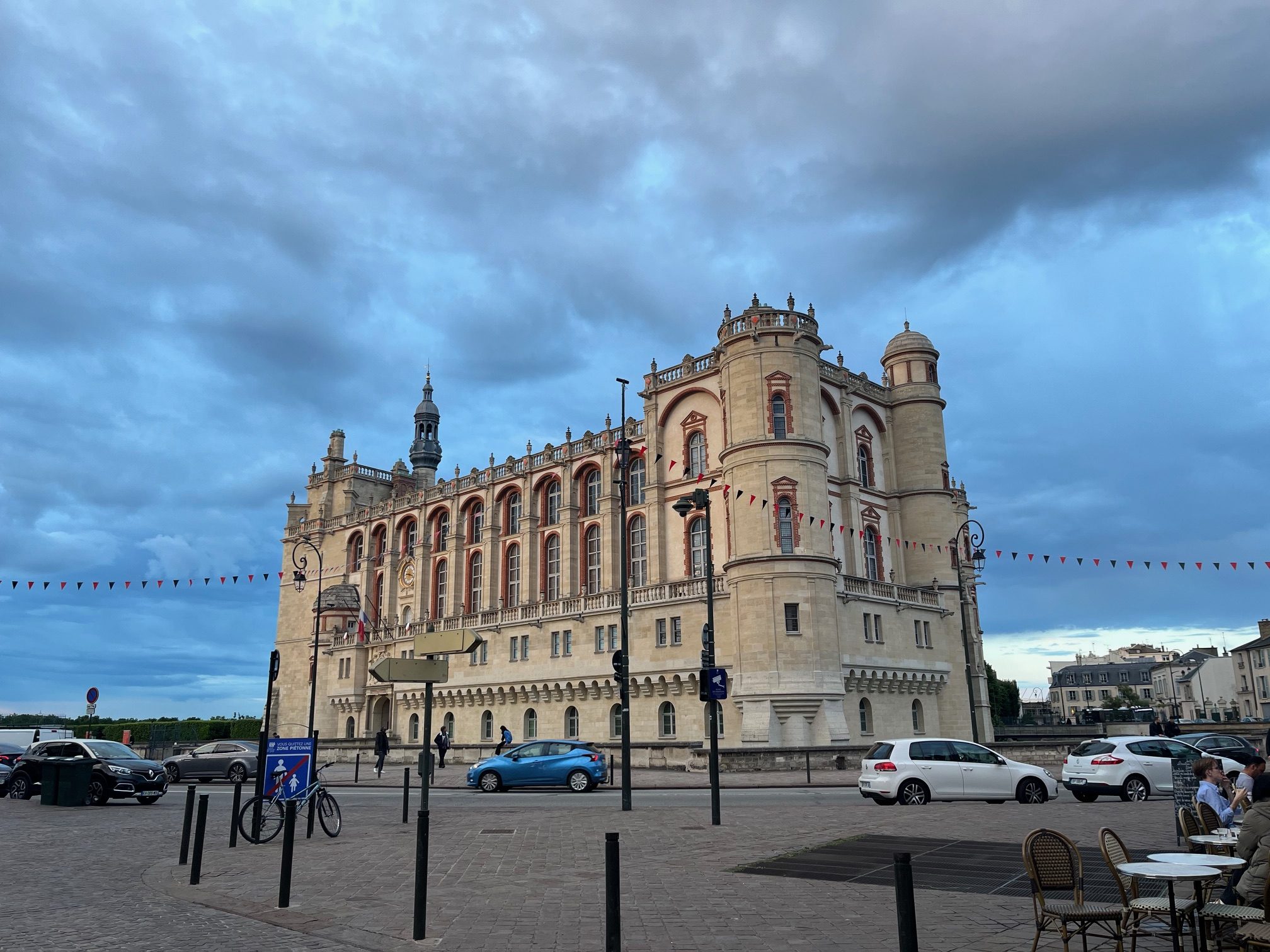
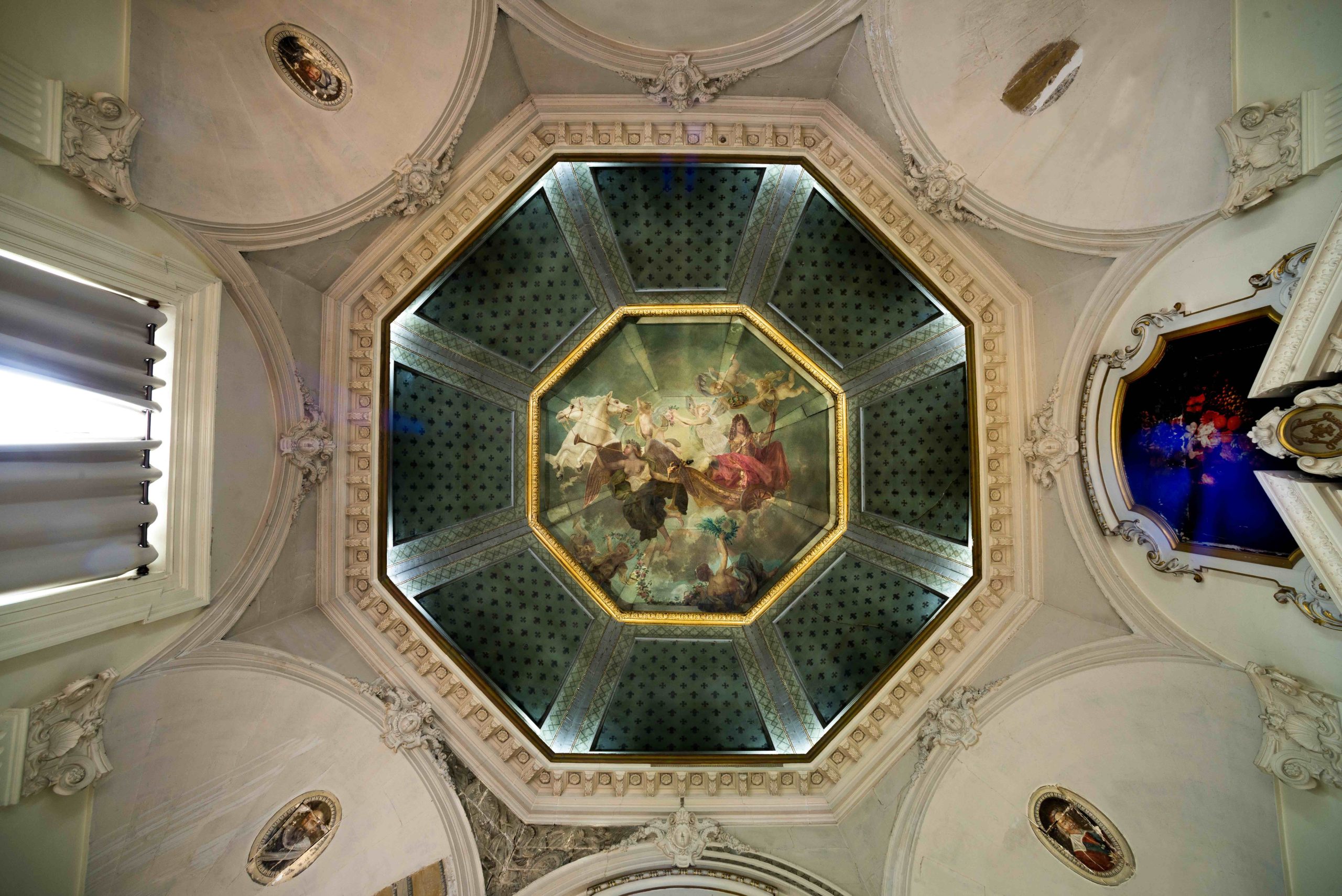
In nearby Chatou, on the northwest side of the river Seine, one can visit – and sit upon – the balcony where the Pierre-Auguste Renoir painted “Le Déjeuner des canotiers” (Luncheon of the Boating Party) in 1881 – at Restaurant Maison Fournaise.
Along with fellow impressionists Claude Monet, Berthe Morisot, Edgar Degas, Camille Pissarro, Alfred Sisley and Mary Cassatt, Renoir immortalised the landscapes of the Île-de-France region, especially those of Saint Germain Boucles de Seine. With their tubes of colours in hand, these artists left their studios to board a train at Saint-Lazare station and disembarked at Le Pecq, then Chatou and Croissy-sur-Seine and Louveciennes to paint en plein air (outside).
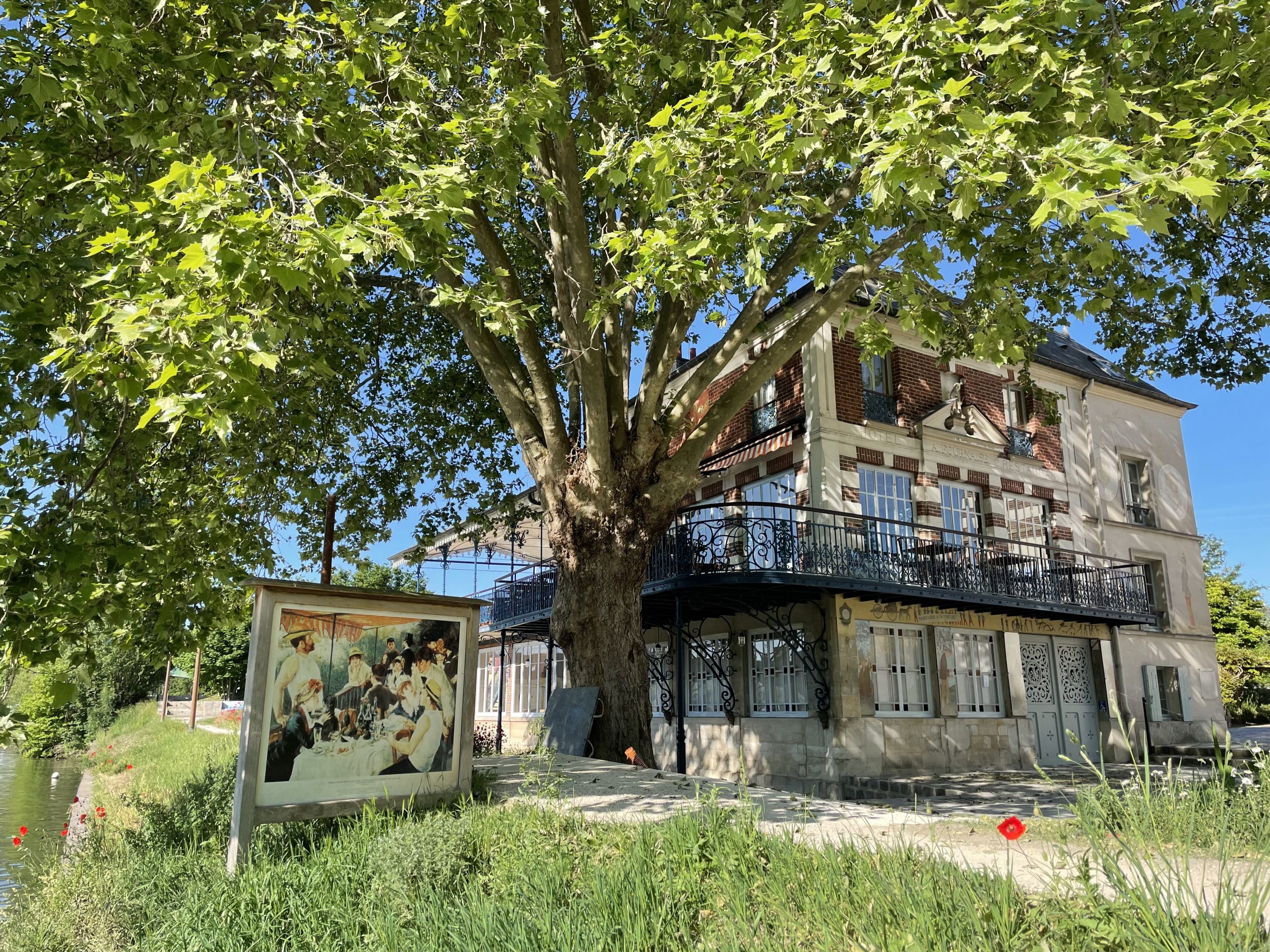
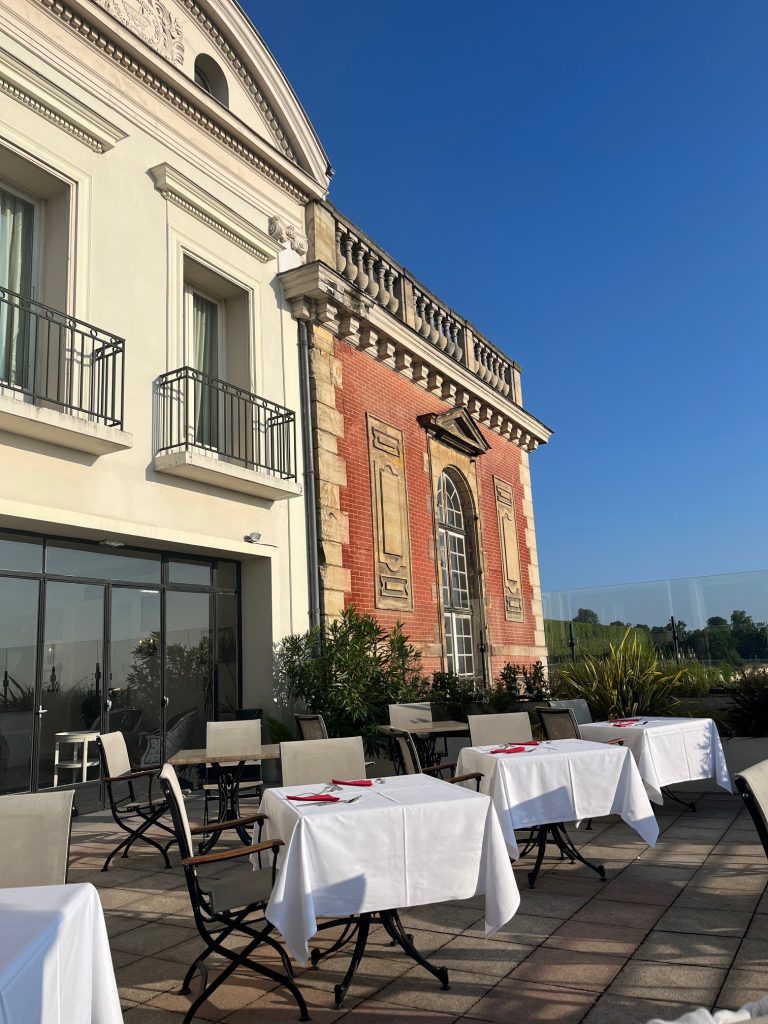
But back to Saint Germain en Laye. In 1638, King Louis XIV was born in the oratory, then a royal residence, and it remained his favourite residence until 1682 when Louis IV abandoned Saint Germain for nearby Versailles.
The Pavillon Henri IV hotel is equally steeped in ancient and modern history, upon which the hotel prides itself. Alexandre Dumas wrote “The Three Musketeers” here in 1844; Jacques Offenbach composed “The Tales of Hoffmann” while staying at the hotel in 1881; and that rich, velvety eggy French sauce we know as Bérnaise was invented by chef Jean-Louis-François Collinet in its kitchen in 1836.
But the hotel, while retaining its old-world charm and rustic accommodations, is evolving. The restaurant has a panoramic restaurant and terrace serving classic French cuisine and an unmatched view of the Seine, Paris, and the outline of the Eiffel Tower in the distance. Hoffmann has grand plans to elevate the hotel to a 5-star residence in the next few years – post Olympic Games.
“We will renovate the bedrooms and I would like to replace the carpet by the wooden floor,” Hoffmann tells T Australia as we venture through the forest. Morgon has worked in five-star hotels and palaces around the world and the two are busy hiring new staff and making plans to refresh the hotel.
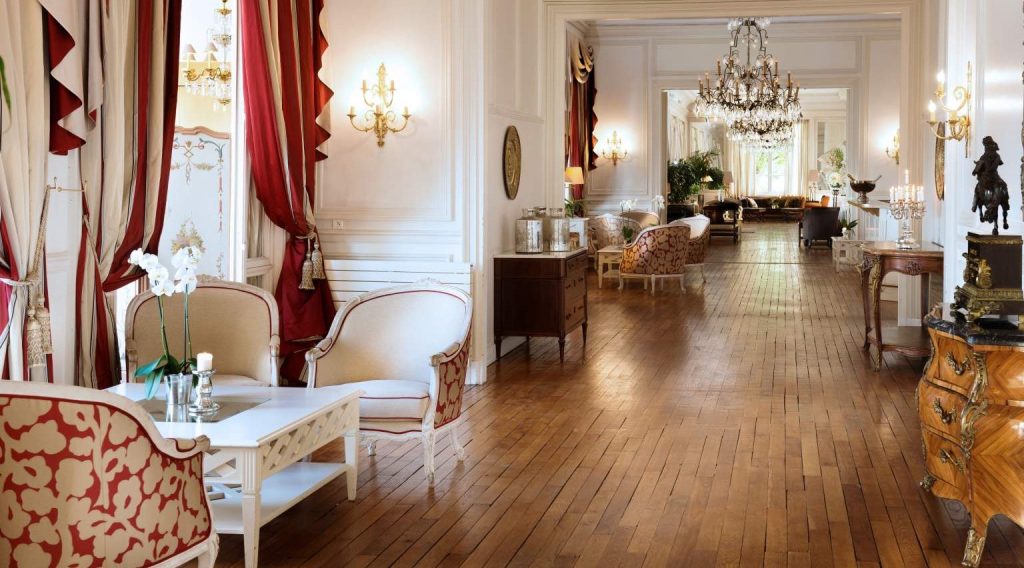
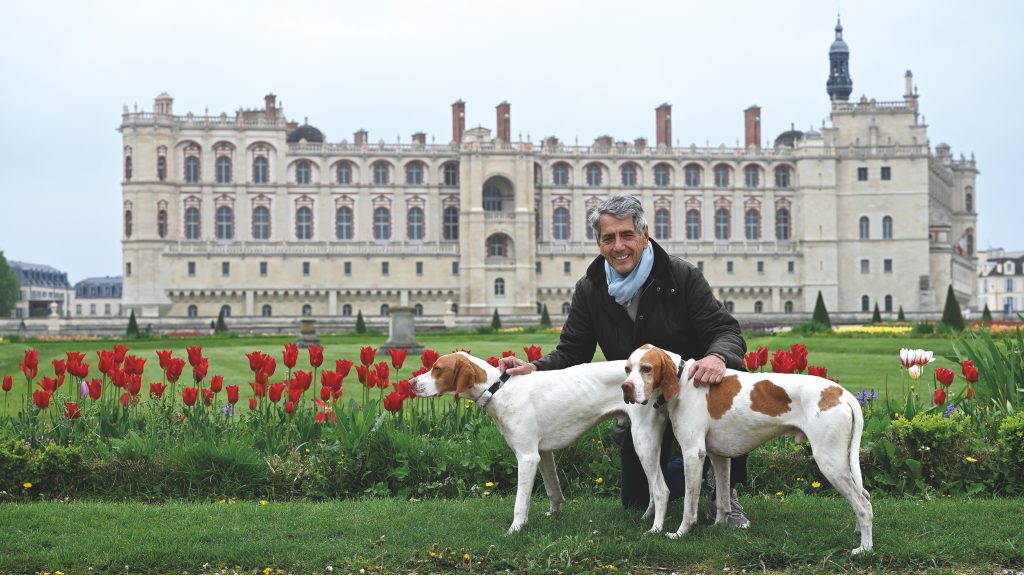
“We have a huge project of renovating the hotel and multiplying by three the number of rooms,” Morgon says. “Now we are at 42 and we want to reach 140 by constructing two additional buildings in the park. We need to build two additional buildings and create a very cosy, private park in the hotel.
“There is also a project of buying the adjacent property, which is for sale, and transforming it into a spa and wellness zone. And there will be a swimming pool, a spa, a massage area and also a relaxation and sport area with tennis courts and all kinds of amenities.”
While these additions will indeed turn the Pavillon Henri IV into an even grander place to holiday, the hotel as it currently stands is delightful. The rooms are large, the food is good, the grounds are spectacular. But it’s the people that make an experience memorable, and the staff and locals who occupy Saint Germain en Laye and the nearby villages are as hospitable and likeable as one could ever hope for when travelling in another country.
While continuing to look back at a town awash with history, beauty and character, it’s refreshing to know the future is bright, but that Saint Germain en Laye will remain a magical slice of history, so close to Paris. The sun sets on another day in France and the gates to the Forêt domaniale de Saint Germain are shut once again.
Rooms from 150€ a night, depending on the season and availability. pavillonhenri4.fr/
